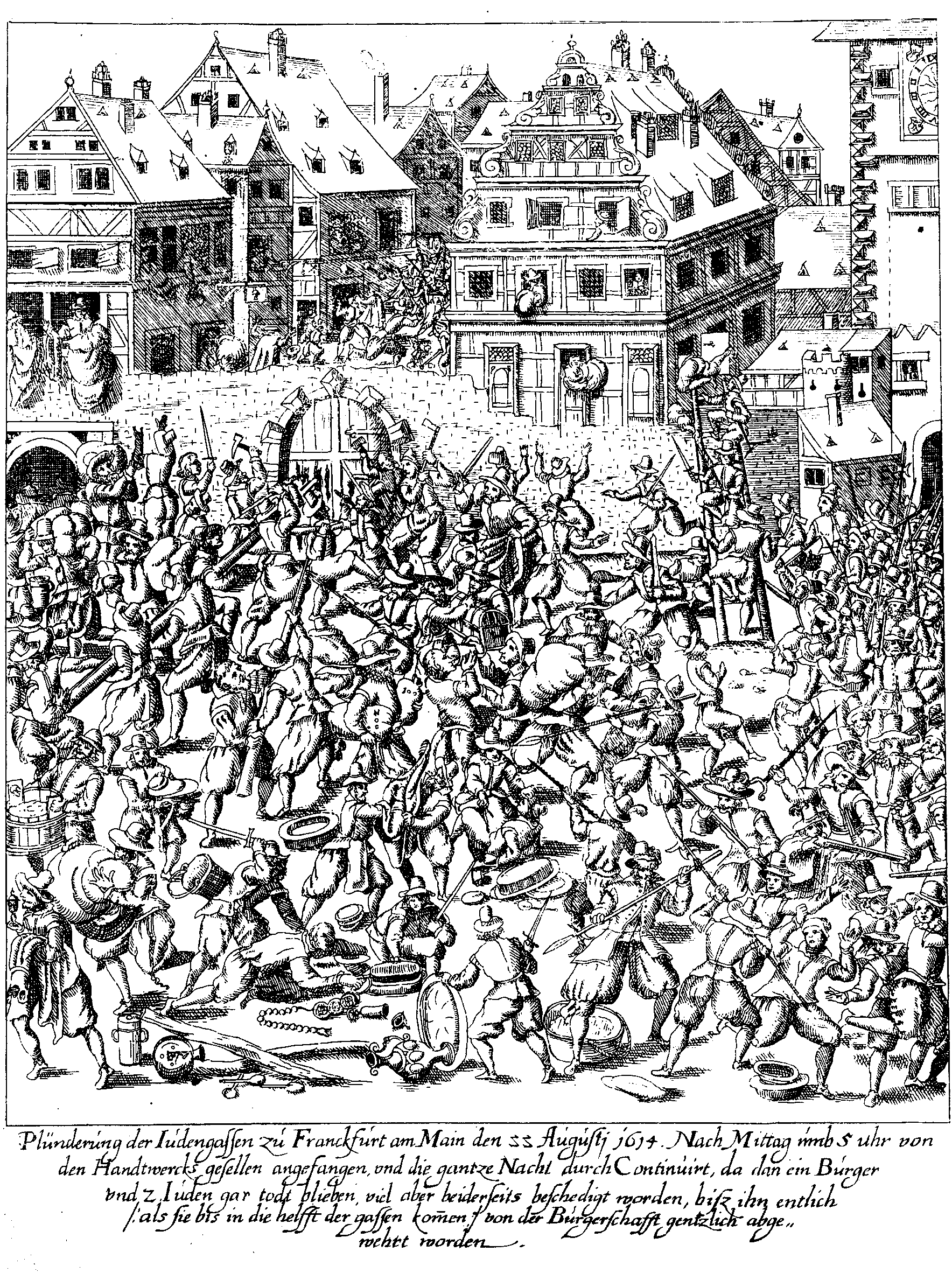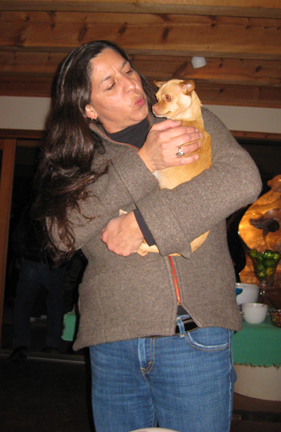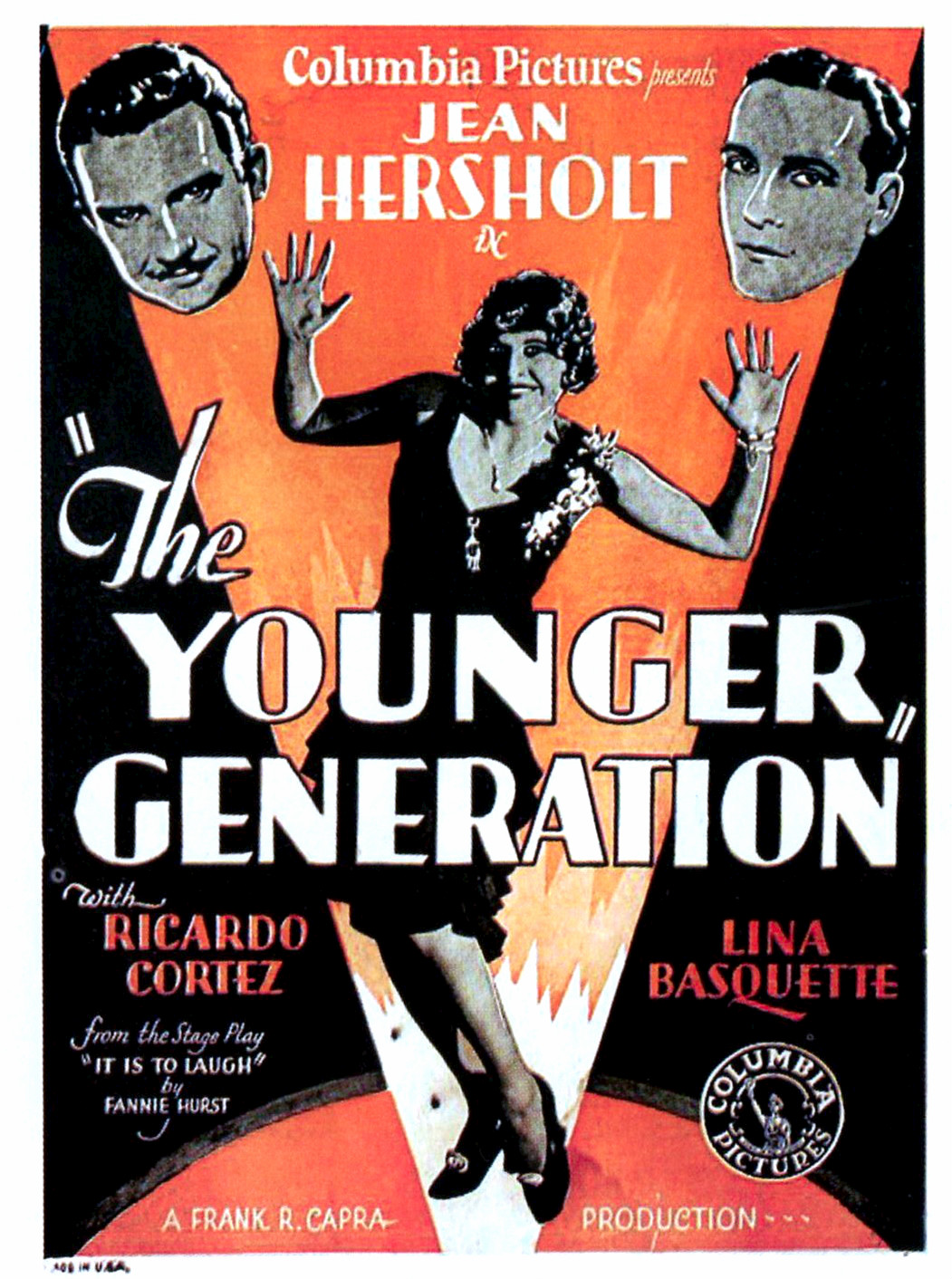|
Seneca Falls, New York
Seneca Falls is a town in Seneca County, New York, United States. The population was 9,027 at the 2020 census. The Town of Seneca Falls contains the former village also called Seneca Falls. The town is east of Geneva, New York, in the northern part of the Finger Lakes District. Seneca Falls is a historic location along a branch of the Erie Canal and is the birthplace of women's rights, where the 1848 women's rights convention was held. Many also believe it to have been the inspiration for the fictional town of " Bedford Falls", portrayed in filmmaker Frank Capra's classic 1946 film '' It's a Wonderful Life''. History The region is the former realm of the Cayuga tribe, who were visited by Jesuit missionaries during the 17th century. Cayuga villages were attacked and destroyed by the Sullivan Expedition of 1779 in retaliation for plundering and killing new colonists. The region became part of the Central New York Military Tract, reserved for veterans, after the concl ... [...More Info...] [...Related Items...] OR: [Wikipedia] [Google] [Baidu] |
Administrative Divisions Of New York
The administrative divisions of New York are the various units of government that provide local government, local services in the American New York (state), state of New York. The state is divided into boroughs of New York City, boroughs, counties, cities, towns, and villages. (The only boroughs, the five boroughs of New York City, have the same boundaries as their respective counties.) They are municipal corporations, chartered (created) by the New York State Legislature, as under the Constitution of New York, New York State Constitution the only body that can create governmental units is the state. All of them have their own governments, sometimes with no paid employees, that provide local services. Centers of population that are not incorporated and have no government or local services are designated Administrative divisions of New York (state)#Hamlet, hamlets. Whether a municipality is defined as a borough, city, town, or village is determined not by population or land are ... [...More Info...] [...Related Items...] OR: [Wikipedia] [Google] [Baidu] |
Geneva, New York
Geneva is a City (New York), city in Ontario County, New York, Ontario and Seneca County, New York, Seneca counties in the U.S. state of New York (state), New York. It is at the northern end of Seneca Lake (New York), Seneca Lake; all land portions of the city are within Ontario County; the water portions are in Seneca County. The population was 12,812 at the 2020 United States Census, 2020 census. The city is supposedly named after the city and canton of Geneva in Switzerland. The main settlement of the Seneca was spelled Zoneshio by early European settlers, and was described as being two miles north of Seneca Lake. The city borders the town of Geneva (town), New York, Geneva and was once a part of it. The city identifies as the "Lake Trout Capital of the World." History The area was long occupied by the Seneca tribe, which had established a major village of ''Kanadaseaga'' here by 1687. The British helped fortify the village against the French of Canada during the Seven Year ... [...More Info...] [...Related Items...] OR: [Wikipedia] [Google] [Baidu] |
Canal
Canals or artificial waterways are waterways or engineered channels built for drainage management (e.g. flood control and irrigation) or for conveyancing water transport vehicles (e.g. water taxi). They carry free, calm surface flow under atmospheric pressure, and can be thought of as artificial rivers. In most cases, a canal has a series of dams and locks that create reservoirs of low speed current flow. These reservoirs are referred to as ''slack water levels'', often just called ''levels''. A canal can be called a navigation canal when it parallels a natural river and shares part of the latter's discharges and drainage basin, and leverages its resources by building dams and locks to increase and lengthen its stretches of slack water levels while staying in its valley. A canal can cut across a drainage divide atop a ridge, generally requiring an external water source above the highest elevation. The best-known example of such a canal is the Panama Can ... [...More Info...] [...Related Items...] OR: [Wikipedia] [Google] [Baidu] |
American Revolution
The American Revolution (1765–1783) was a colonial rebellion and war of independence in which the Thirteen Colonies broke from British America, British rule to form the United States of America. The revolution culminated in the American Revolutionary War, which was launched on April 19, 1775, in the Battles of Lexington and Concord. Leaders of the American Revolution were Founding Fathers of the United States, colonial separatist leaders who, as British subjects, initially Olive Branch Petition, sought incremental levels of autonomy but came to embrace the cause of full independence and the necessity of prevailing in the Revolutionary War to obtain it. The Second Continental Congress, which represented the colonies and convened in present-day Independence Hall in Philadelphia, formed the Continental Army and appointed George Washington as its commander-in-chief in June 1775, and unanimously adopted the United States Declaration of Independence, Declaration of Independence ... [...More Info...] [...Related Items...] OR: [Wikipedia] [Google] [Baidu] |
Central New York Military Tract
The Military Tract of Central New York, also called the New Military Tract, consisted of nearly of bounty land set aside in Central New York to compensate New York's soldiers after their participation in the Revolutionary War. Establishment The Province of New York (predecessor of the U.S. state) had already guaranteed each soldier at least at the end of the war (depending on rank), but by 1781, New York had enlisted only about half of the quota set by the U.S. Congress and needed a stronger incentive. The legislature authorized an additional per soldier, using land from 25 Military Tract Townships to be established in central New York State. Each of the townships was to comprise 100 lots of each. Three more such townships, Junius, Galen, and Sterling, were later added to accommodate additional claims at the end of the war. The United States Congress approved in 1789, and the arrangement became final in 1799. Townships The townships were at first numbered (1 through 28), ... [...More Info...] [...Related Items...] OR: [Wikipedia] [Google] [Baidu] |
Plunder
Looting is the act of stealing, or the taking of goods by force, typically in the midst of a military, political, or other social crisis, such as war, natural disasters (where law and civil enforcement are temporarily ineffective), or rioting. The proceeds of all these activities can be described as booty, loot, plunder, spoils, or pillage. Looting by a victorious army during war has been a common practice throughout recorded history. In the wake of the Napoleonic Wars and particularly after World War II, norms against wartime plunder became widely accepted. In modern armed conflicts, looting is prohibited by international law, and constitutes a war crime.Rule 52. Pillage is prohibited. ''Customary IHL Database'', |
Sullivan Expedition
The 1779 Sullivan Expedition (also known as the Sullivan-Clinton Expedition, the Sullivan Campaign, and the Sullivan-Clinton Campaign) was a United States military campaign under the command of General John Sullivan (general), John Sullivan during the American Revolutionary War, lasting from June to October 1779, against the four Kingdom of Great Britain, British-allied nations of the Iroquois (also known as the Haudenosaunee). The campaign was ordered by George Washington in response to Iroquois and Loyalist attacks on the Battle of Wyoming, Wyoming Valley, and Cherry Valley massacre, Cherry Valley. The campaign had the aim of "the total destruction and devastation of their settlements." Four Continental Army brigades carried out a Scorched earth, scorched-earth campaign in the territory of the Iroquois Confederacy in what is now central New York (state), New York. The expedition was largely successful, with 40 Iroquois villages razed and their crops and food stores destroyed. T ... [...More Info...] [...Related Items...] OR: [Wikipedia] [Google] [Baidu] |
Jesuit
The Society of Jesus (; abbreviation: S.J. or SJ), also known as the Jesuit Order or the Jesuits ( ; ), is a religious order (Catholic), religious order of clerics regular of pontifical right for men in the Catholic Church headquartered in Rome. It was founded in 1540 by Ignatius of Loyola and six companions, with the approval of Pope Paul III. The Society of Jesus is the largest religious order in the Catholic Church and has played significant role in education, charity, humanitarian acts and global policies. The Society of Jesus is engaged in evangelization and apostolic ministry in 112 countries. Jesuits work in education, research, and cultural pursuits. They also conduct retreats, minister in hospitals and parishes, sponsor direct social and humanitarian works, and promote Ecumenism, ecumenical dialogue. The Society of Jesus is consecrated under the patron saint, patronage of Madonna della Strada, a title of the Blessed Virgin Mary, and it is led by a Superior General of ... [...More Info...] [...Related Items...] OR: [Wikipedia] [Google] [Baidu] |
Cayuga Tribe
The Cayuga ( Cayuga: Gayogo̱hó꞉nǫʼ, "People of the Great Swamp") are one of the five original constituents of the Haudenosaunee (Iroquois), a confederacy of Native Americans in New York. The Cayuga homeland lies in the Finger Lakes region along Cayuga Lake, between their league neighbors, the Onondaga to the east and the Seneca to the west. Today, Cayuga people belong to the Six Nations of the Grand River First Nation in Ontario, and the federally recognized Cayuga Nation of New York and the Seneca-Cayuga Tribe of Oklahoma. History Political relations between the Cayuga, the British, and the Thirteen Colonies during the American Revolution were complicated and variable, with Cayuga warriors fighting on both sides (as well as abstaining from war entirely). Most of the Iroquois nations allied with the British, in part hoping to end encroachment on their lands by colonists. In 1778, various Iroquois bands, oft allied with British-colonial loyalists ( Tories) conduct ... [...More Info...] [...Related Items...] OR: [Wikipedia] [Google] [Baidu] |
Frank Capra
Frank Russell Capra (born Francesco Rosario Capra; May 18, 1897 – September 3, 1991) was an Italian-American film director, producer, and screenwriter who was the creative force behind Frank Capra filmography#Films that won Academy Awards, several major award-winning films of the 1930s and 1940s. Born in Italy and raised in Los Angeles from the age of five, his Rags to riches, rags-to-riches story has led film historians such as Ian Freer to consider him the "American Dream personified".Freer 2009, pp. 40–41. Capra became one of America's most influential directors during the 1930s, winning three Academy Awards for Academy Award for Best Director, Best Director from six nominations. Among his leading films were ''It Happened One Night'' (1934), ''Mr. Deeds Goes to Town'' (1936), ''You Can't Take It with You (film), You Can't Take It with You'' (1938), and ''Mr. Smith Goes to Washington'' (1939). During World War II, Capra served in the Signal Corps (United States Army), ... [...More Info...] [...Related Items...] OR: [Wikipedia] [Google] [Baidu] |
Bedford Falls (It's A Wonderful Life)
Bedford Falls is the fictional town in which Philip Van Doren Stern's 1943 short booklet '' The Greatest Gift'', and RKO Pictures 1946 film adaptation '' It's a Wonderful Life,'' are set. Inspiration In 1945, Frank Capra visited Seneca Falls, New York to look for inspiration for the town of Bedford Falls. The name Bedford Falls derives from both Seneca Falls and a hamlet in Westchester County, New York, called Bedford Hills. Evidence that Bedford Hills served as the geographic inspiration for Bedford Falls comes from a photograph of a scene that was not included in the movie. The photograph shows the character of George Bailey running along the snow covered roads of Main Street, past a sign indicating nearby towns. The towns -- Katonah, NY, Chappaqua, NY, Aspetuck, CT, and Kitchawan, NY -- lie to the north, south, east, and west, respectively, relative to Bedford Hills. The real town and the fictional town are very similar as they are both mill towns, they both had a ... [...More Info...] [...Related Items...] OR: [Wikipedia] [Google] [Baidu] |






